Sterling silver Wendell Manufacturing Co. baby spoon, c. 1895-1900: 1,677 ppm Lead in the handle. 90 is unsafe.
First I just want to say that I LOVE finding resources like this (link here) online! I was looking to identify the back mark of the little antique sterling silver spoon pictured here on this post and this “Online Encyclopedia of Silver Marks” had not only a photo of the mark with the name of the company but also the years of operation! Amazing!
It is wholly in thanks to the Online Encyclopedia of Silver Marks that I am able to confirm that the baby spoon pictured here was made by Wendell Manufacturing Company of Chicago, Illinois – sometime between 1885 and 1900!

 When tested with a high-precision XRF instrument, this 130+ year old baby spoon had the following readings (with 60-second tests);
When tested with a high-precision XRF instrument, this 130+ year old baby spoon had the following readings (with 60-second tests);
Handle of the spoon (decorative side):
- Lead (Pb): 1,677 +/- 354 ppm
- Copper (Cu): 32,500 +/- 2,000 ppm
- Chromium (Cr): 1,222 +/- 293 ppm
- Palladium (Pd): 715 +/- 377 ppm
- Silver (Ag): 960,300 +/- 4,500 ppm
Reading #2 (also on the handle)
- Lead (Pb): 1,460 +/- 355 ppm
- Copper (Cu): 36,000 +/- 2,200 ppm
- Chromium (Cr): 1,277 +/- 269 ppm
- Silver (Ag): 958,000 +/- 4,800 ppm
Test results are science-based, accurate, and replicable. Each test was done for a minimum of 60 seconds. The spoon was tested multiple times, to confirm the results. Full sets of test results are reported above (not an average of several tests.) Please scroll down to the bottom of the post to see more images of the spoon.
Takeway:
This piece confirms what I have found in much of the testing I have done over the past decade. Antique “sterling silver” baby spoons (and baby rattles for that matter) should not be given to children (and especially not to babies!) to use or play with.
The amount of Lead that is considered toxic in a modern item made today and intended for use by children is anything 90 ppm Lead or higher in the paint or other coating and anything 100 ppm Lead or higher in the substrate. Sterling silver items I have tested that were made in the late 1800s or early 1900s (up through about 1930) often test positive for Lead levels far in excess of current Federal standards that would be considered safe for babies. Most often I am seeing Lead levels in sterling pieces that were made during that era in the 2,000 – 3,000 ppm range.
What’s safe for my child to use as a baby spoon?
I recommend stainless steel or bamboo options as good modern choices. To see more baby spoons I have tested, click here. My website’s sponsor (Kleynimals – owned by my friend Kirsten) makes beautiful heirloom-quality baby spoons and forks. They are made in the USA of high quality stainless steel and are my “baby spoon of choice” when shopping for a gift for a friend or relative who has a new baby. Here’s a link to Kleynimals listing for their baby spoon and fork set. And here’s a link to a post about a high-quality, cute, non-toxic bamboo baby spoon I tested.
As always, please let me know if you have any questions.
Thank you for reading and for sharing my posts.
Tamara Rubin
#LeadSafeMama
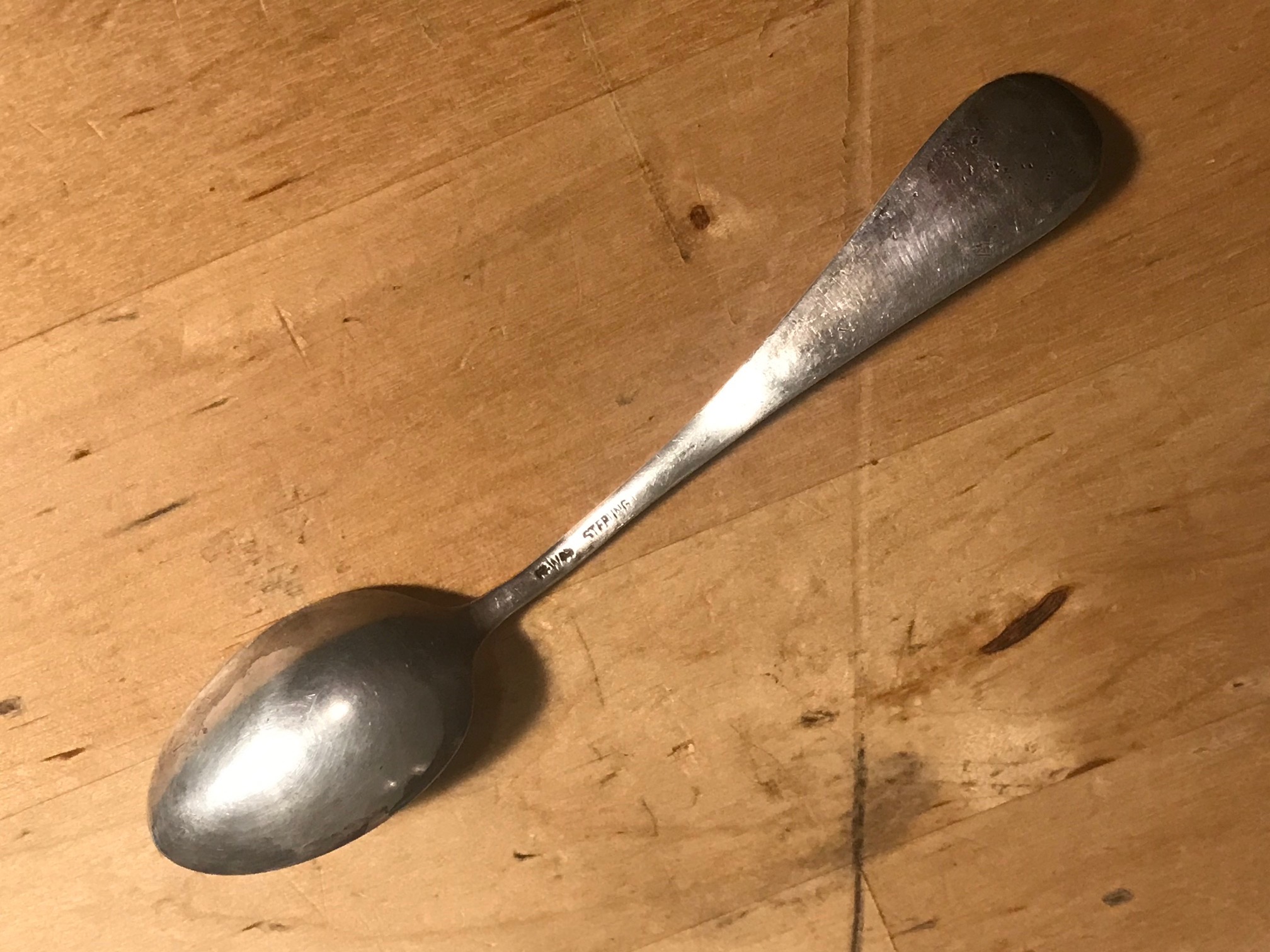
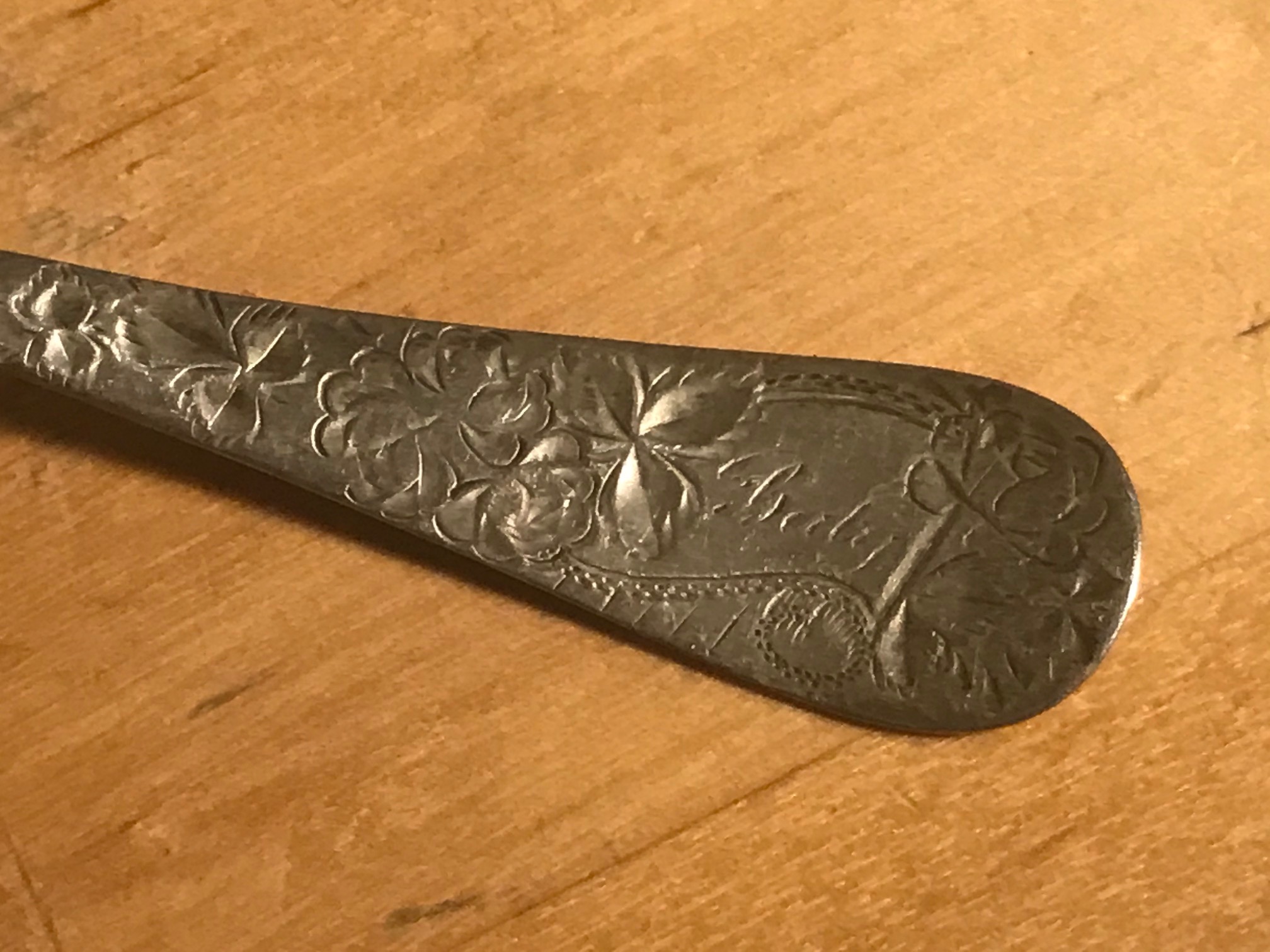
Never Miss an Important Article Again!
Join our Email List


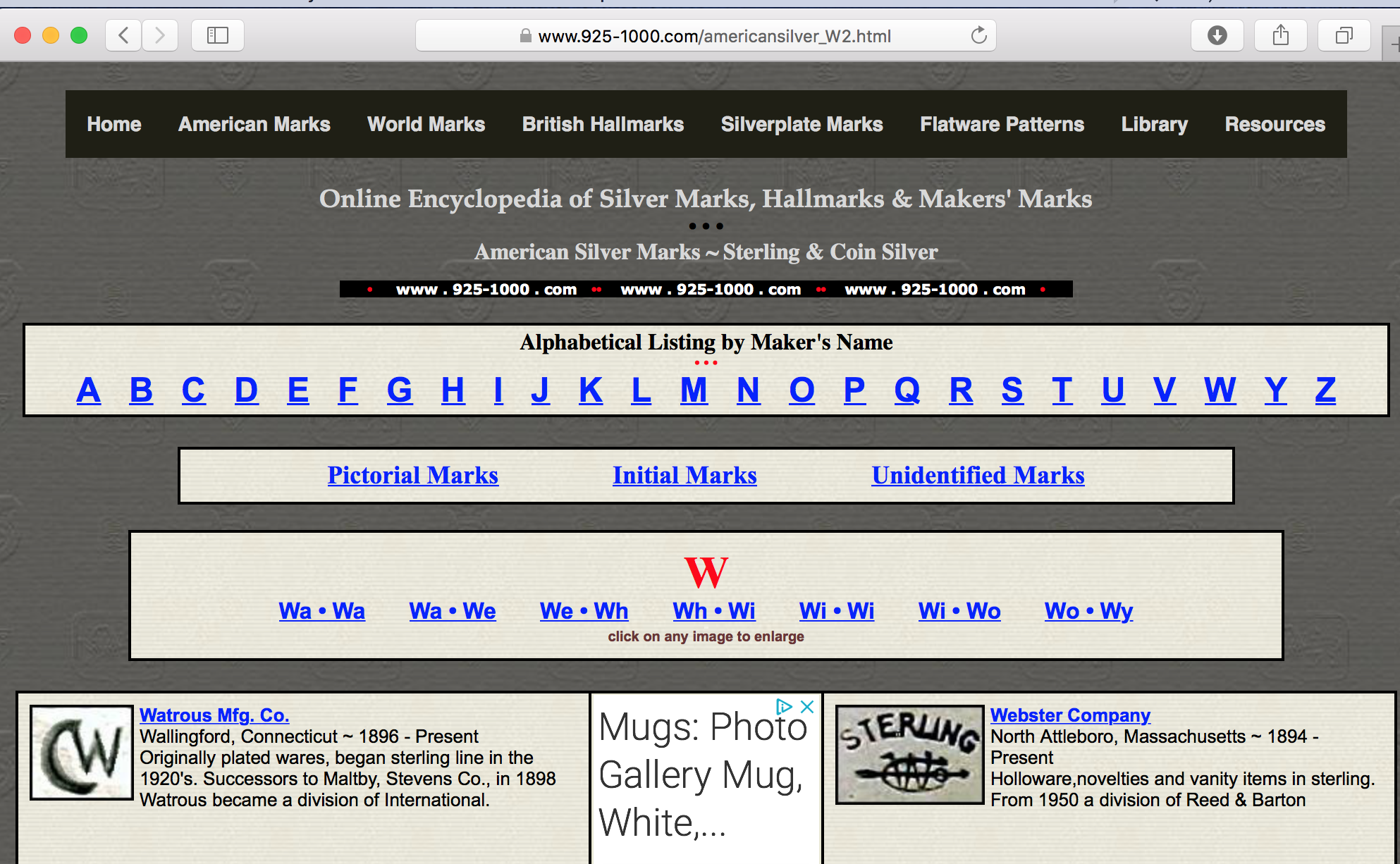
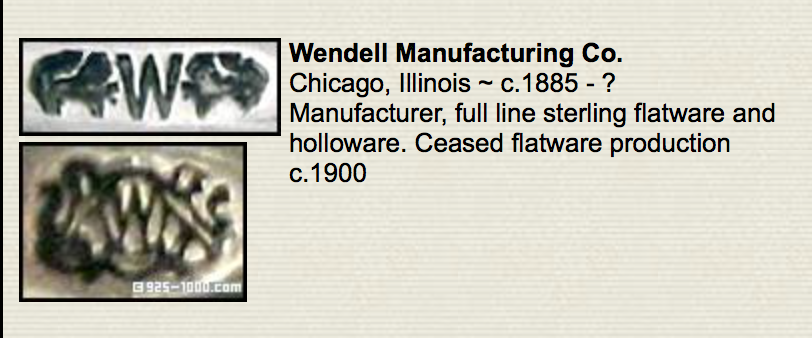
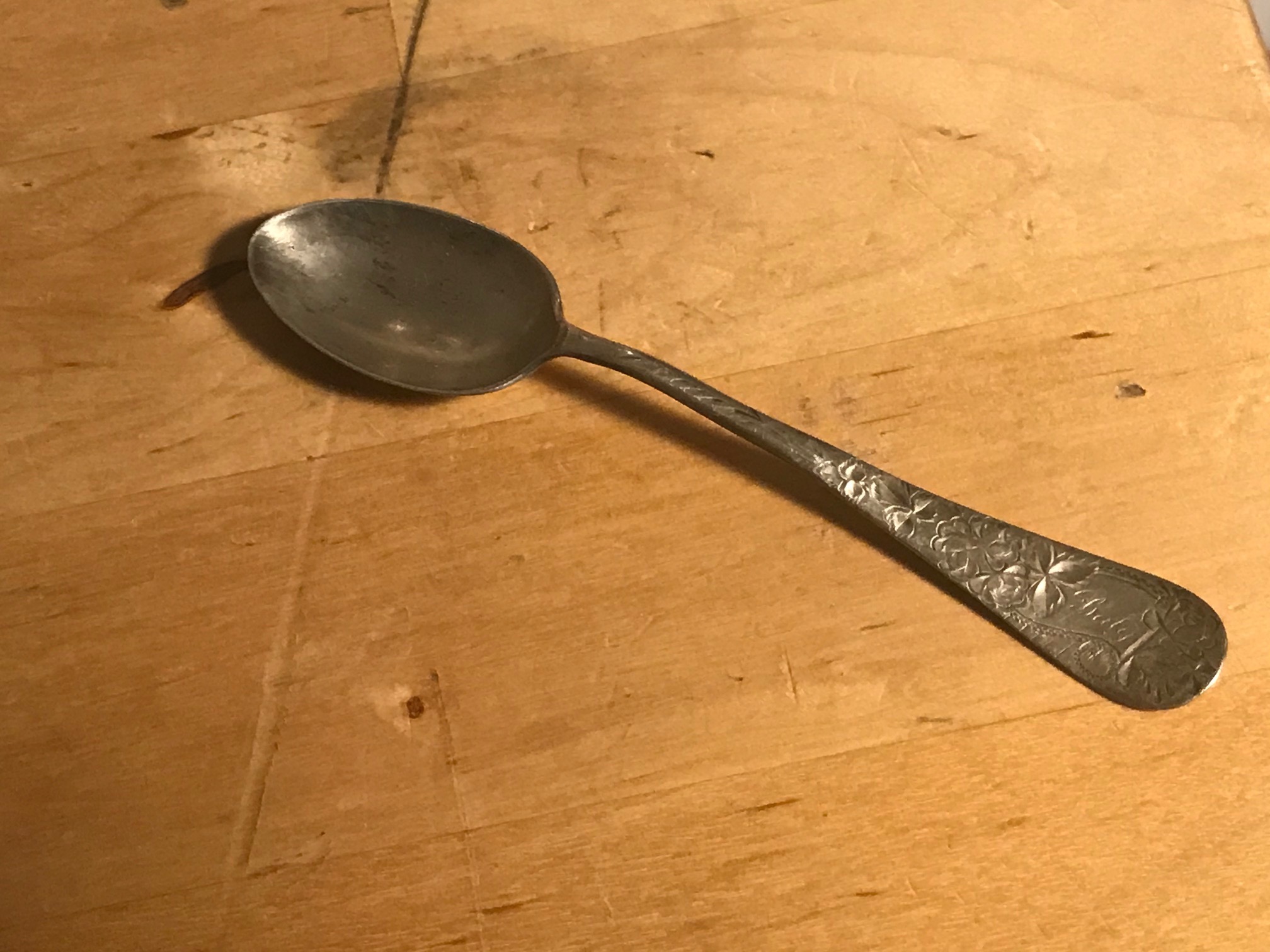
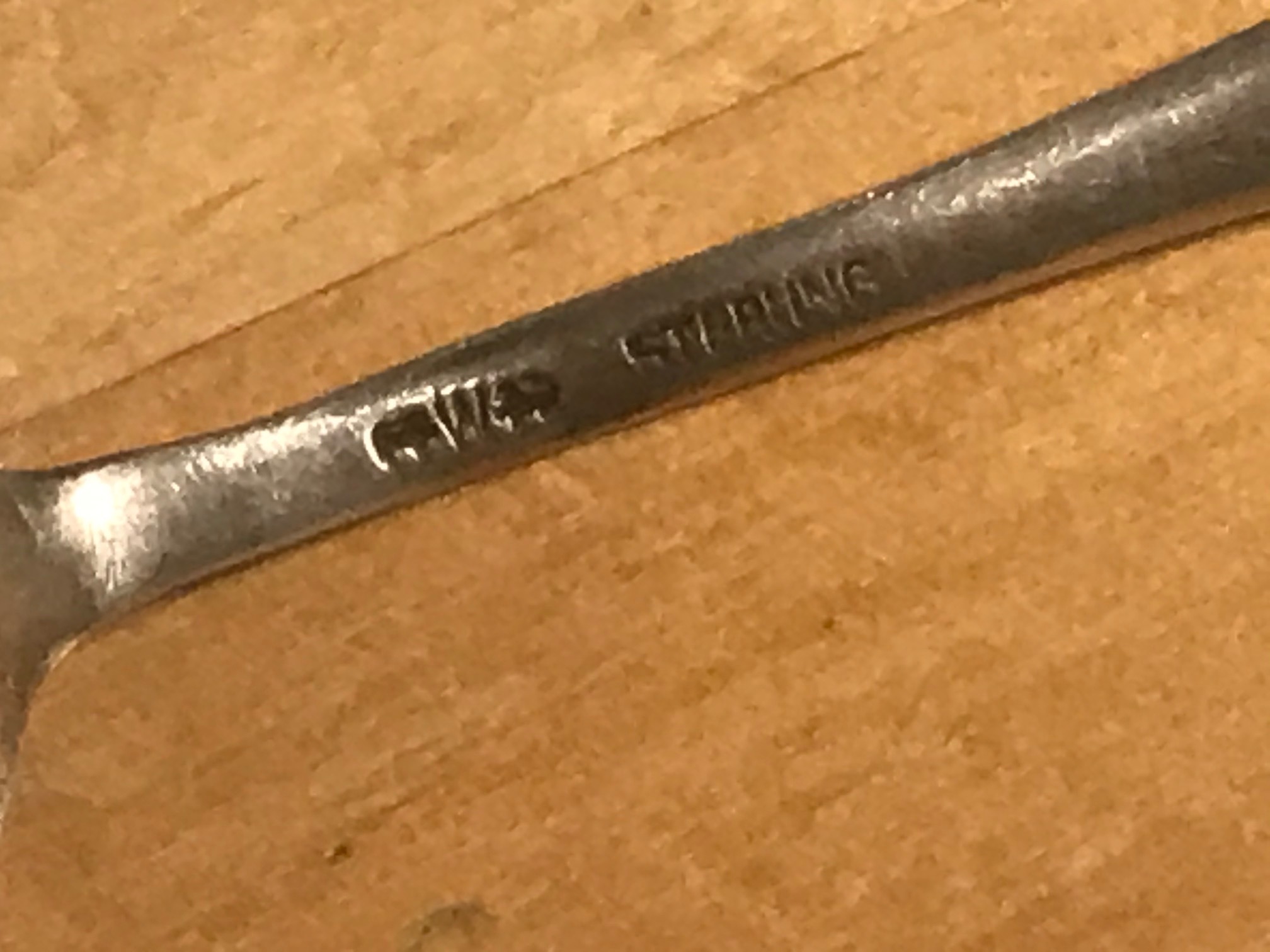
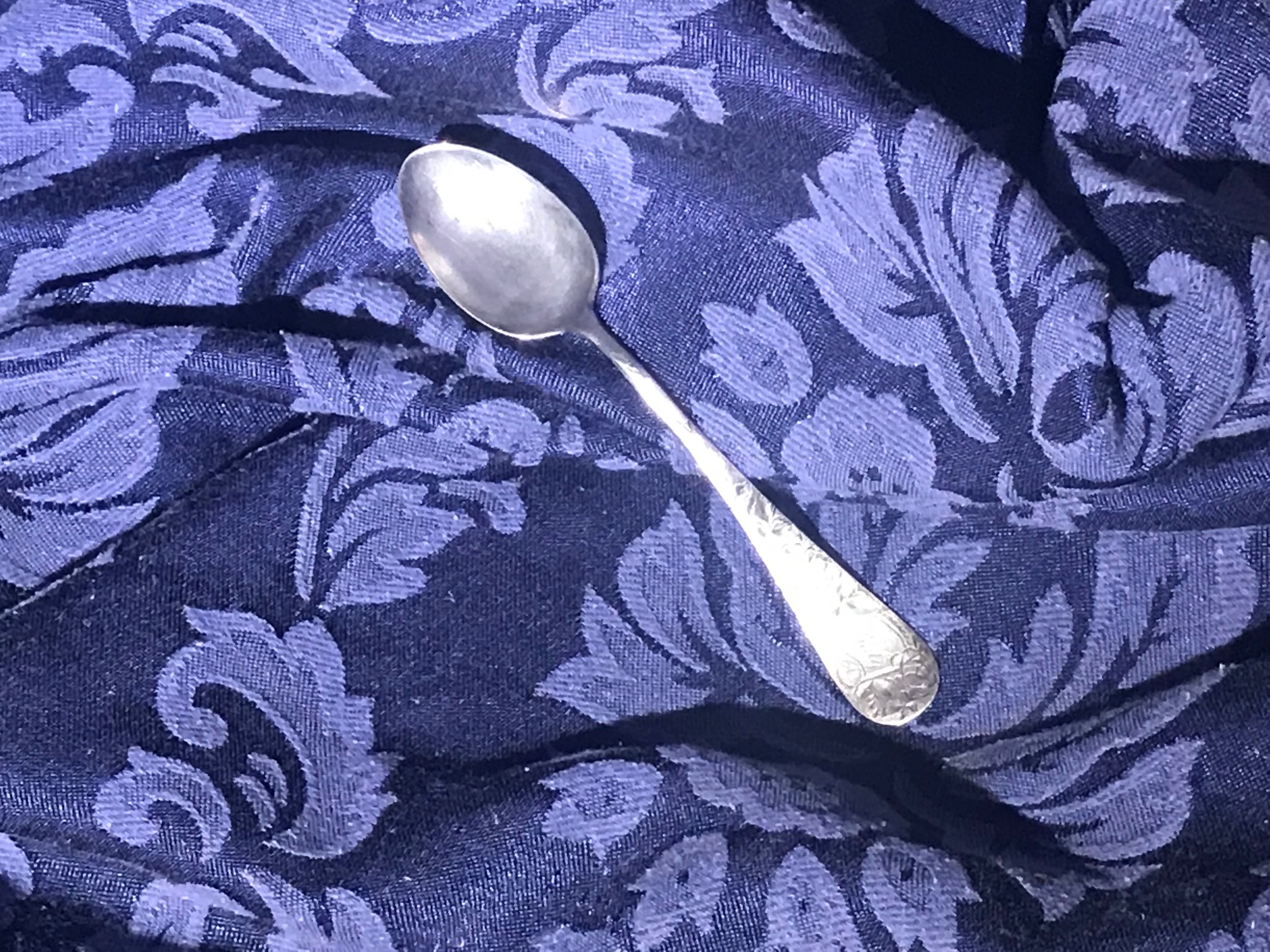

Hi Tamara, wondering if vintage bakelite bracelets and jewelry contain lead or other toxics? Any information? Appreciate it. Joanne
I have a spoon as well written “stainless steel chromium plate on nickel silver Shefield England” at d back of the handle.
Hi Tamara. There is a local artist to me that upcycles kitchen utensils such as forks, spoons etc to make jewellery as in bracelets, rings, necklaces. Although I am all for upcycling and reusing, I am concerned about the possibility of lead being worn from these pieces and if wearing it is a concern?
I have a spoon exactly like the one that is shown in this article. It is in perfect condition and I was wondering about the value of it can it even be sold with the lead content?
Thanks, Carolyn